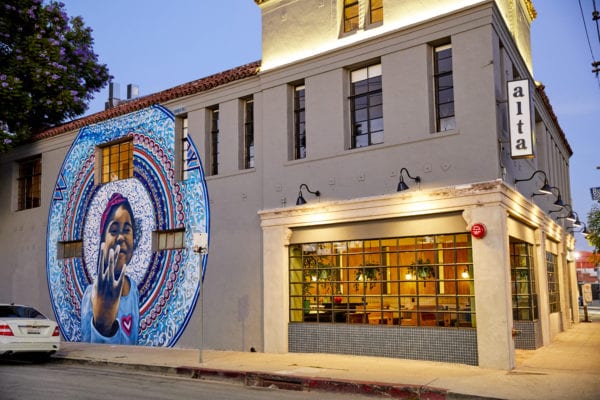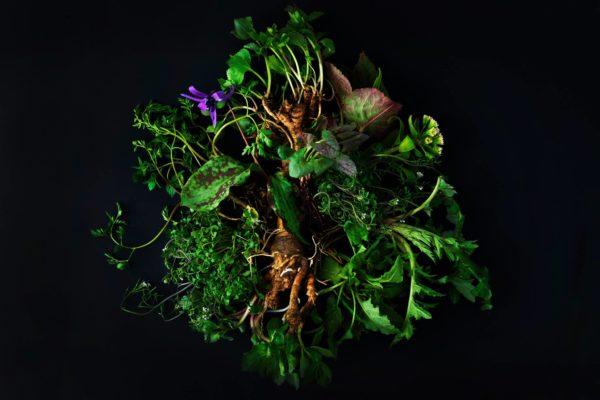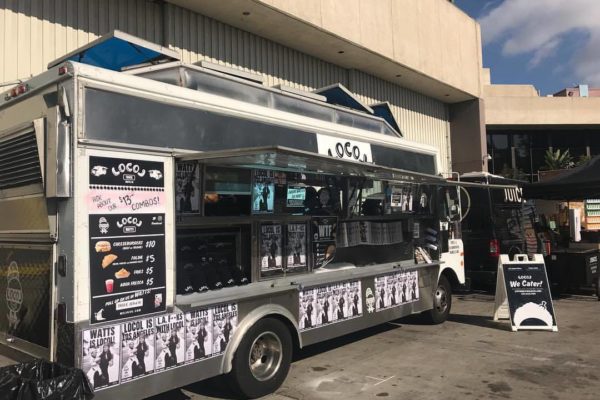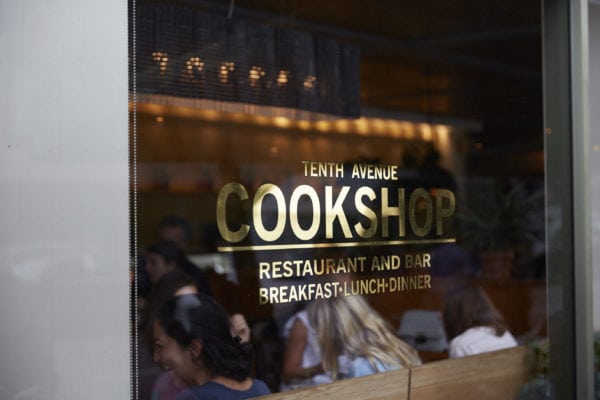#MAD4
Eight Questions About the Future
The Rene Redzepi-helmed MAD Symposium happened this week in Copenhagen and, as usual, didn’t disappoint. This year’s theme: What’s Cooking?
I don’t know that we got an answer to that question, but we certainly heard a lot of perspectives over two days of lectures. (We also watched Tatsuru Rai prepare soba in silence to open the conference, which didn’t suck.)
I also don’t have answers to the questions below. Even after fifteen pages of notes, they’ll require a whole lot of thought before I can offer any analysis. So, here you go: eight questions about the future of chefs and restaurants + technology.
I’ll try to work on some answers.
How will food innovations and experiments be preserved?
In Paola Antonelli’s presentation, the New York MoMA curator spoke on design as it applies to food, and mentioned, briefly, that the MoMA has some food products in its collection; M&Ms and Jelly Belly jelly beans, specifically. Preserving freshness is an issue even for produced and processed foods like these; so the stash has to periodically be replaced, literally by a run to the candy store. She says, “Even if it’s a fresh batch of M&Ms, if the design and color are the original, it’s considered an original piece.”
There’s no equivalent for restaurant dishes. Museums can’t index and store classic dishes, textures, and smells. Photographs help memories, but the true essence of a plate of food can’t be recorded. With so much innovation in the kitchen, how can these be remembered, visited, reflected upon or otherwise recorded?
Should young chefs “get the fuck off Instagram, put their heads down, and learn their craft?”
This gem came from Daniel Patterson. What is the role of social media from restaurants v. from chefs? Chefs have the influence now; this sentiment was repeated often throughout the conference. Clearly, restaurant marketing is a thing. So what’s the balance here? Is there a balance or is the craft of cooking all-encompassing — and are those who do use social channels for self-promotion taking something away from the larger industry?
How much historical reflection is needed before one can innovate?
“Taste is the art of discerning. This is learned,” said the unbelievably accomplished Alain Senderens as he spoke on the relationship between food and wine. Given that he is an accomplished French chef who came up and succeeded in the most competitive and high-profile food communities, his insistence that cooking well requires a lot of learning, a lot of time, and a lot of history makes sense. In a world focused on innovation and execution at lightning speed, will this continue to be relevant? Is there enough time for both?
Have food blogs changed things for the worse?
Chef Fulvio Pierangelini formerly of Gambero Rosso in Tuscany, which closed in 2008. “Food blogs are to gastronomy as pedophiles are to love,” he said, in a quite passionate letter he read onstage to Rene. Obviously, that’s a strong statement, and obviously he’s not into food blogs, presumably the kind that photograph, review, and analyze to death. (Can you imagine what he thinks about Yelp?) I heard this sentiment, though with…. less-colorful language from a number of speakers, actually, and it’s no secret how I feel about over-zealous online reviewing by amateurs. (Just search for “Yelp” on chefstech.co.) But this stuff has staying power, and it’s not going anywhere fast. First it was food blogs, now food photographs, and surely soon it’ll morph into something new. Is it really that bad?
When a restaurant opens, is it more like an embryo or a fully-formed person?
Paris chef Tatiana Levha spoke about her four-month-old restaurant, Le Servan, which doesn’t have a website, Facebook page, Instagram account, or any other digital presence. Instead, she says, the restaurant’s image was crafted by the reviewers and bloggers who visited in its early days, posting images of their own. “My restaurant was still just an embryo,” she said, noting that even four months in, everything is changing. Now that we — from professional critics to amateur Yelpers to the most unobtrusive Instagrammer — over-document and over-analyze meals, are we cementing a restaurant’s image way too early?
How will food ideas spread, and what’s most important? The cuisine itself or the full dining experience?
“Cuisine is not football. It does not have geographic borders,” said Olivier Roellinger, in a particularly inspiring speech.
In fact, over several talks, we heard very different examples of this phenomenon. In the first, we learn about Brazilian women who were inspired to cook new dishes after learning about new ingredients, new types of cuisine, and new methods of preparation. In the second, Darina Allen, along with her brother and daughter-in-law, explain the Irish restaurant-turned-cooking-school, Ballymaloe, started by her mother-in-law — quite the family affair.
When it comes to the spread of ideas, dishes, and ingredients, will tech make this happen faster? Will worldwide cuisine be affected and change because of outside influences? Or, will the historical perseverance of experiences at a very specific place — like a decades-old countryside retreat — become the most important?
A celeb presence used to be able to put a restaurant on the map. What is it now?
Jeremiah Tower credits celebrities with helping Stars rocket to success in San Francisco — the “celeb factor.” But Stars was also a place for the non-celeb, contributing to what Tower calls “the democracy of food.” Now, everyone’s an online critic. The draw of a beautifully-composed dish posted online can put diners in seats. A trendy cocktail with a clever name — or a uniquely presented menu, looking at you,Trick Dog, can fill a bar. Obviously social sharing has something to do with the new success… right?
Is food the original social media?
“The most powerful social media isn’t Facebook, it’s food,” said symposium co-curator Alex Atala. He’s referring to food’s ability to connect people across borders and around the world, all united in a love of good food. This may be my favorite quote of the symposium, both for its simplicity and for its truth. I think this is why digital and social technology complements the restaurant experience: their social aspects, their connectivity. I don’t know exactly what’s to come in the future, but I do hope that increased synergy and creativity between my two favorite industries will make awesome things happen.




